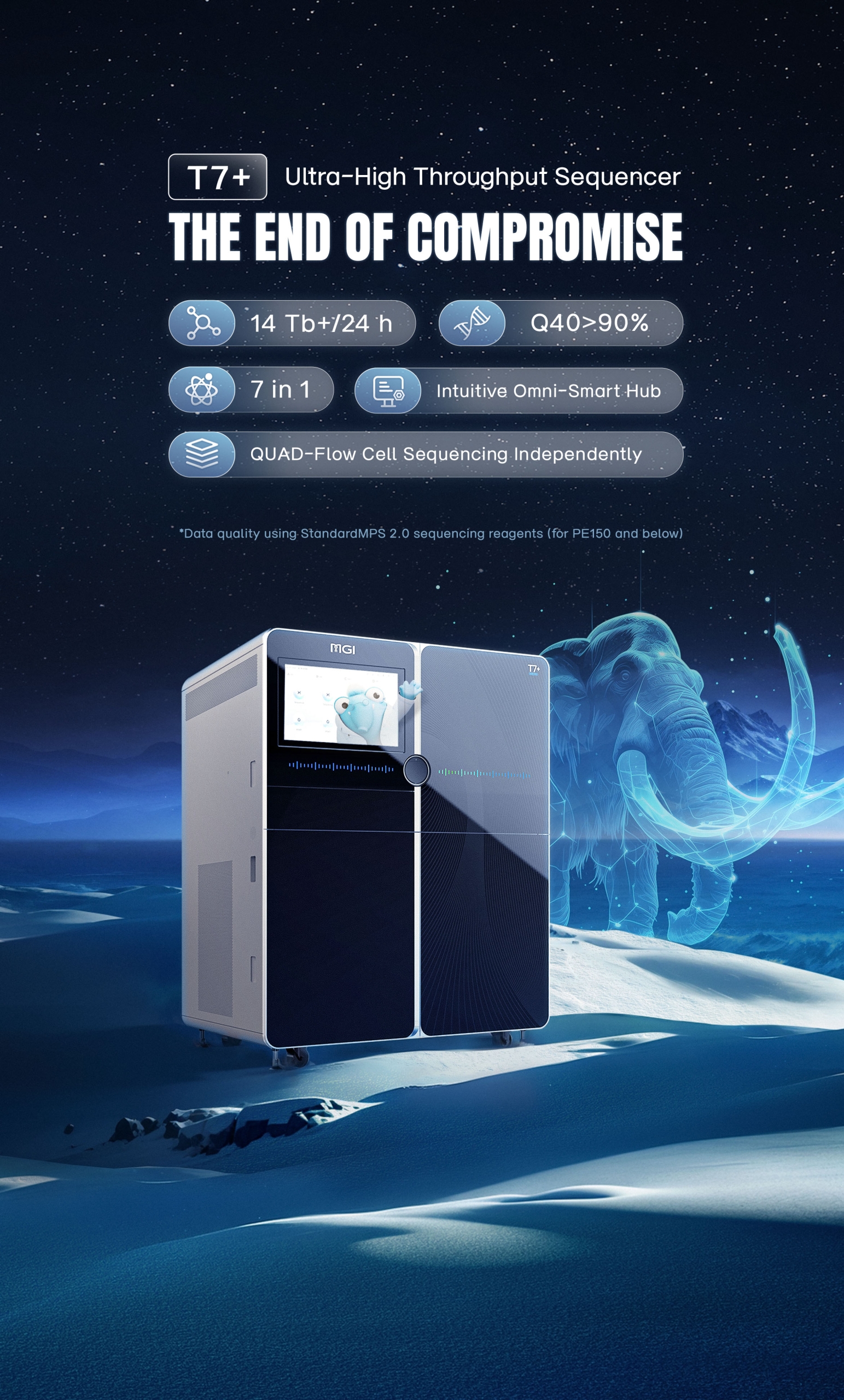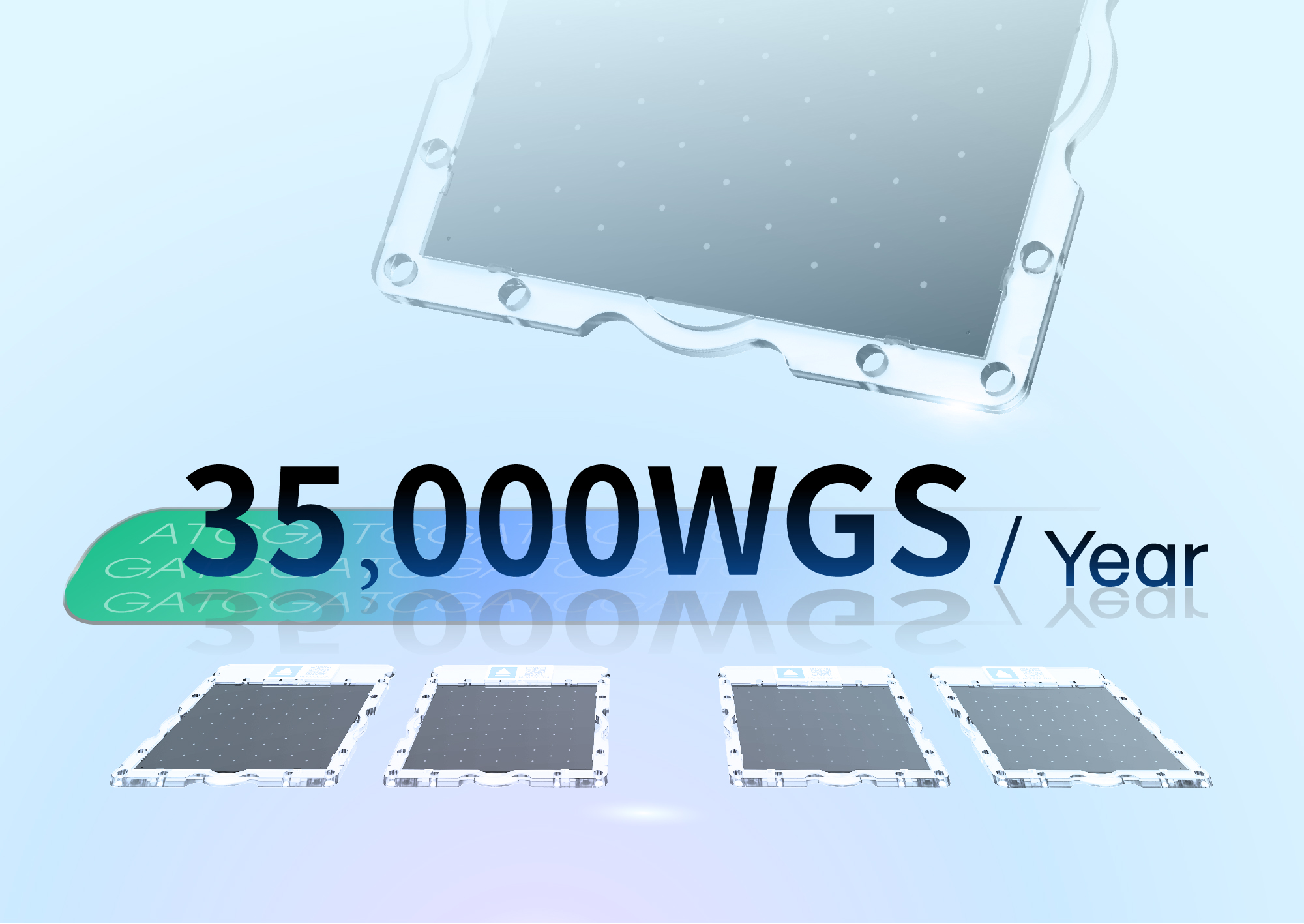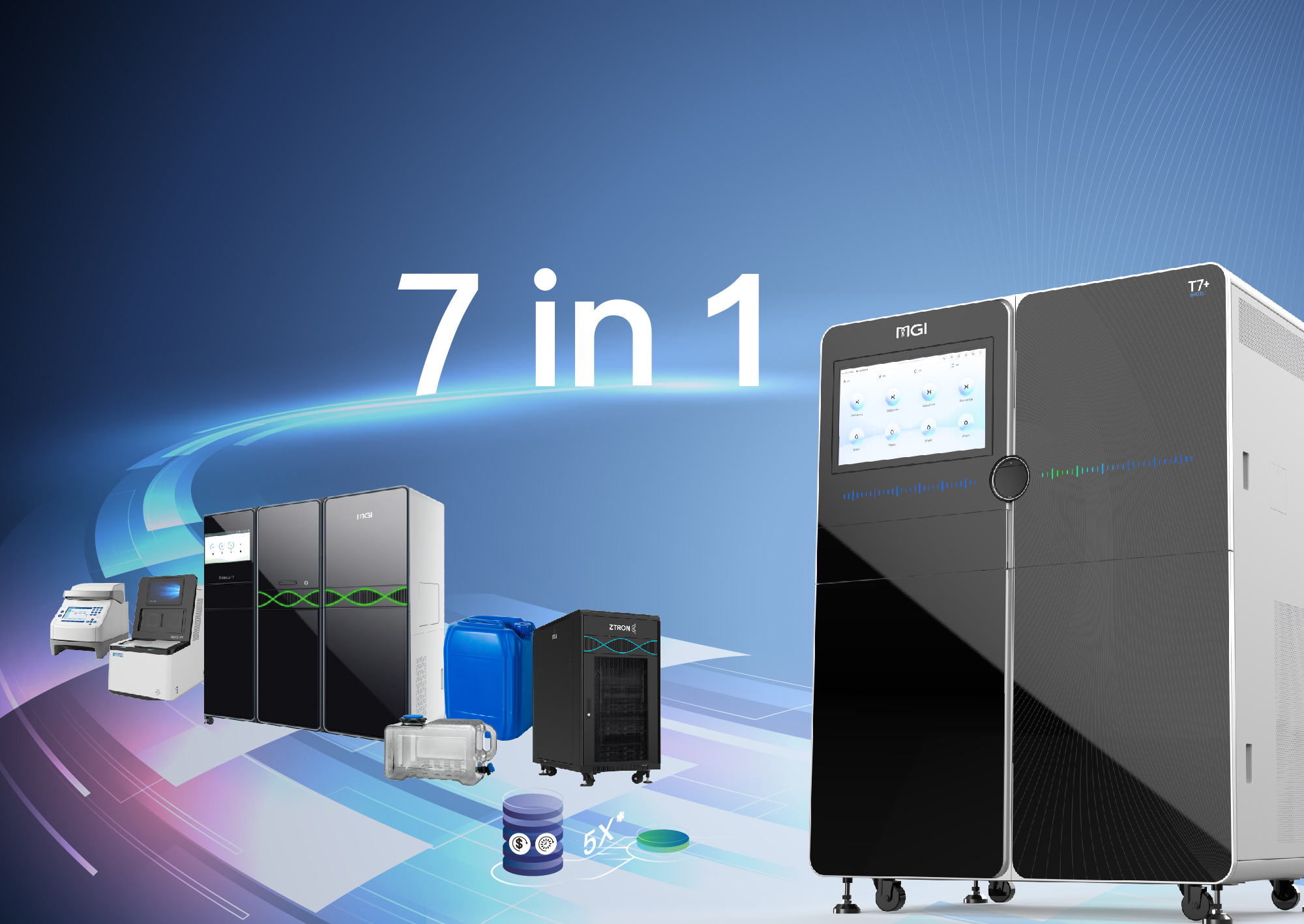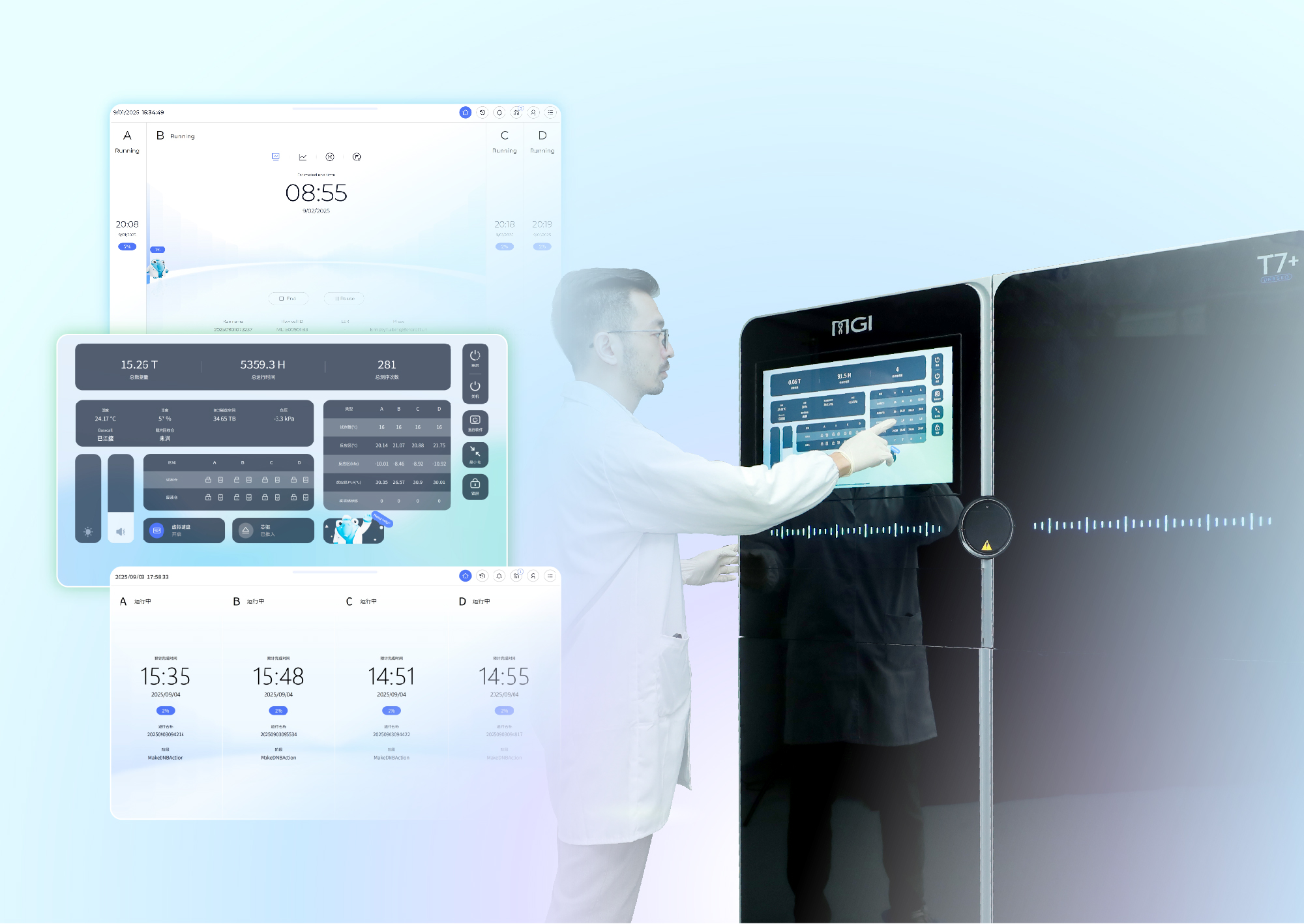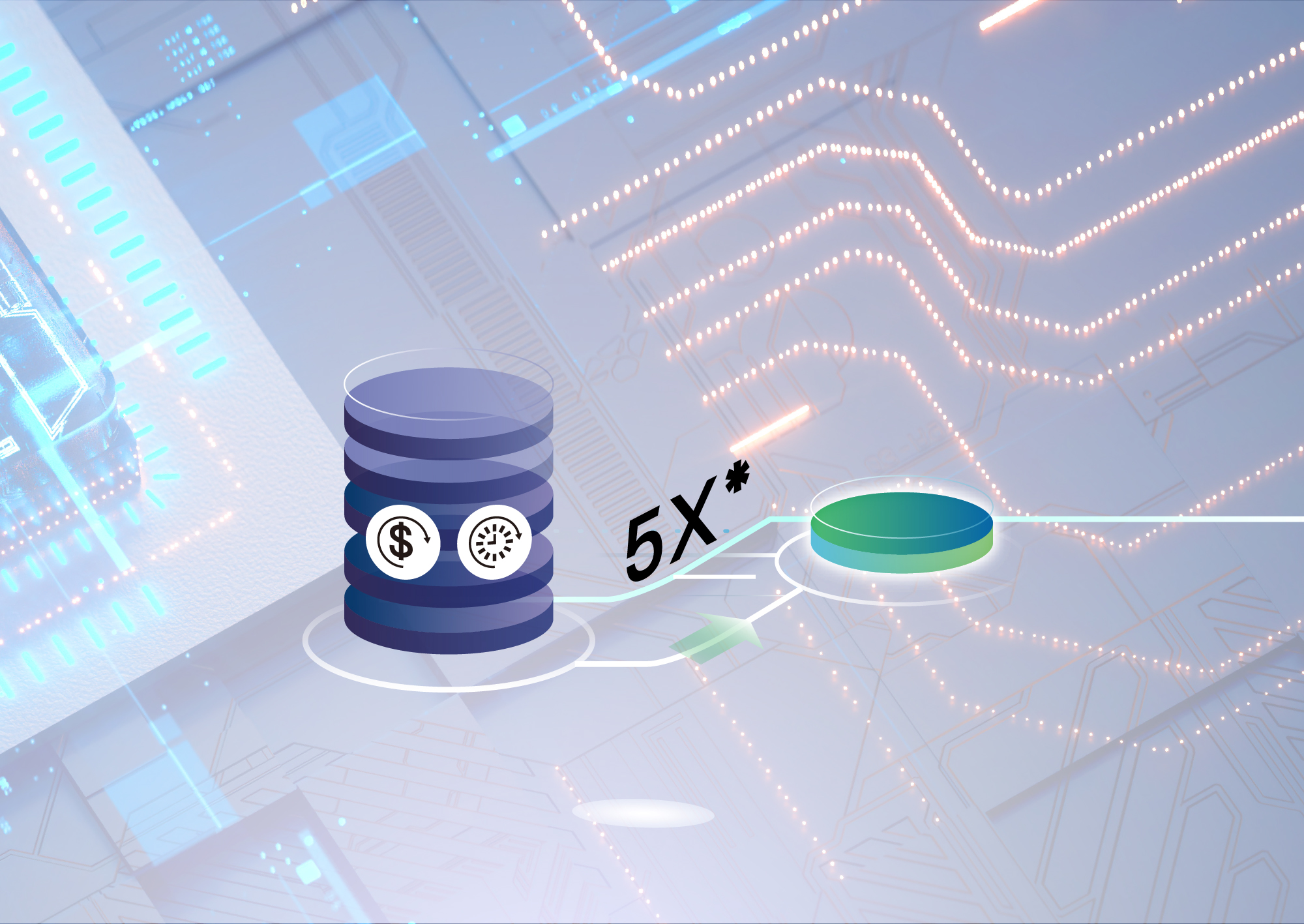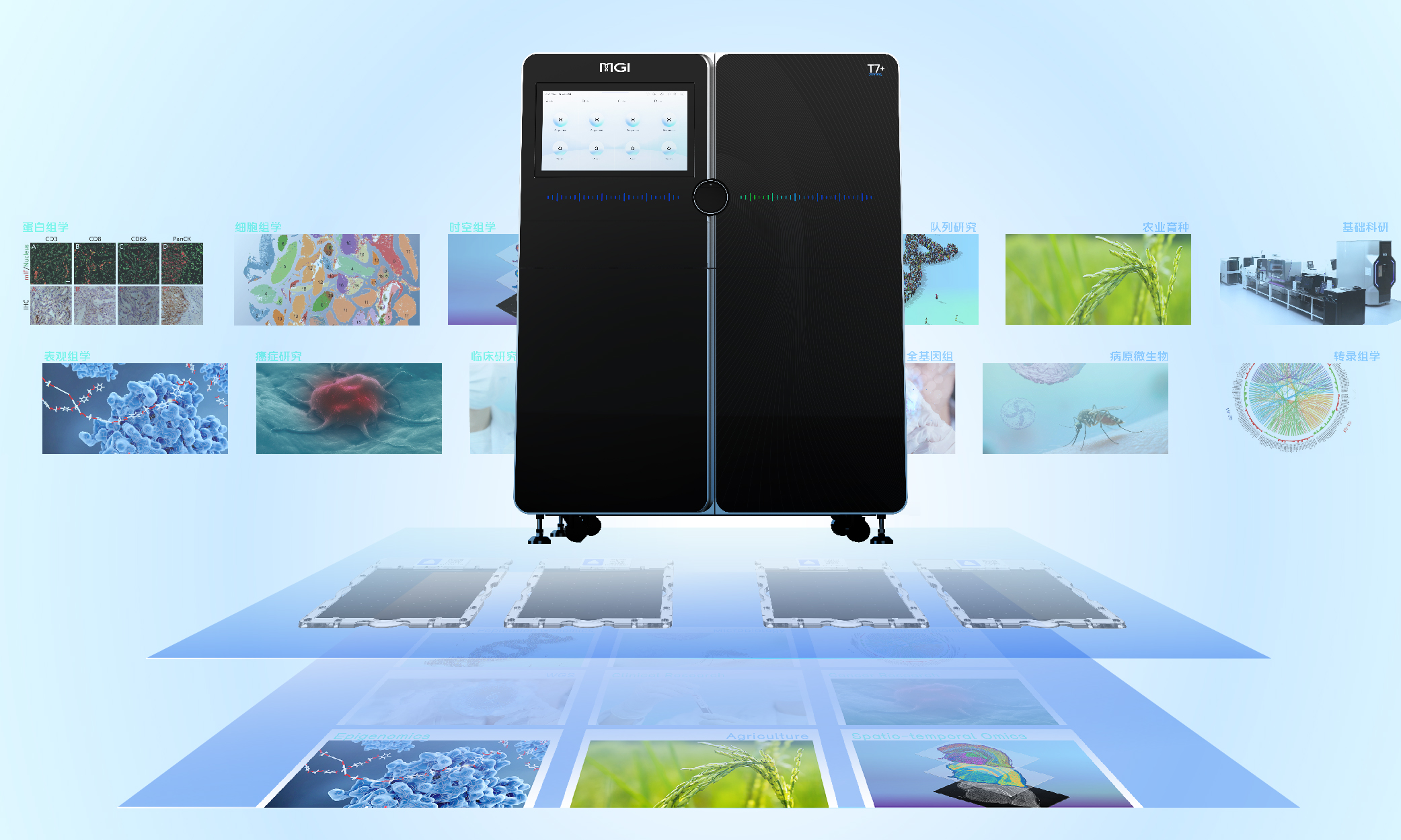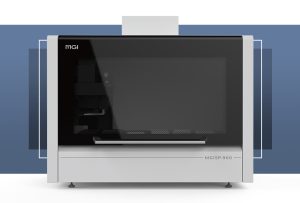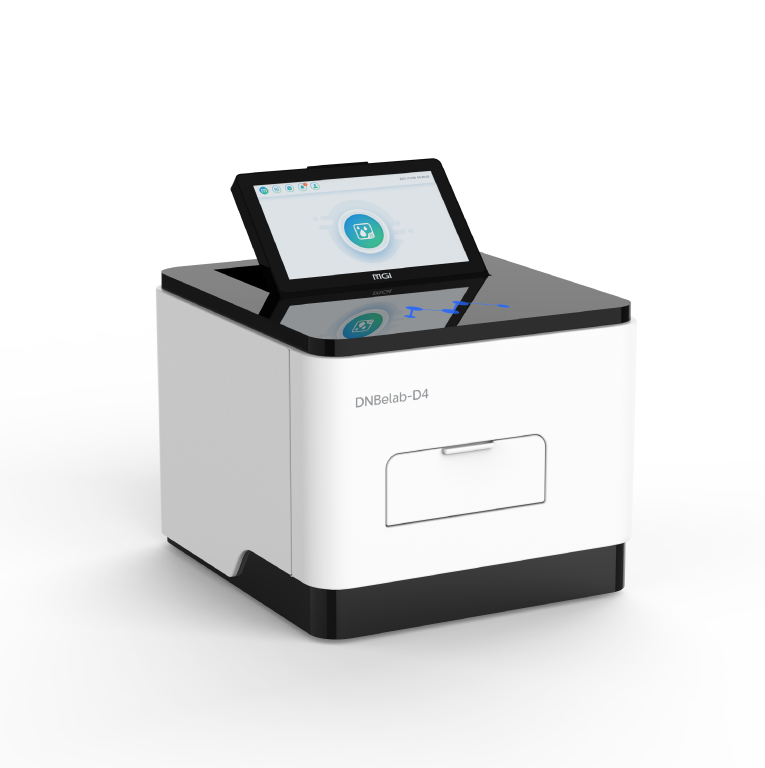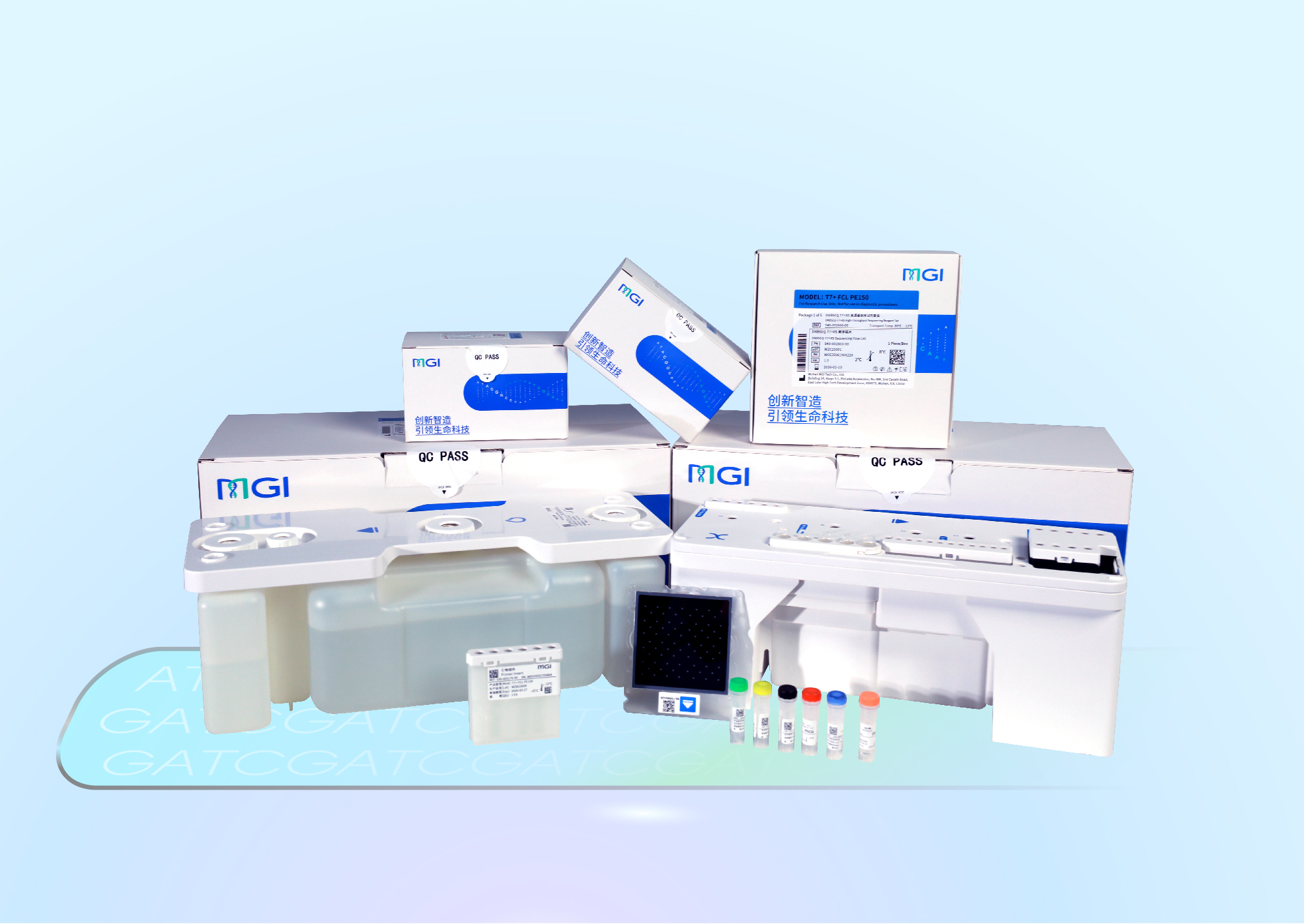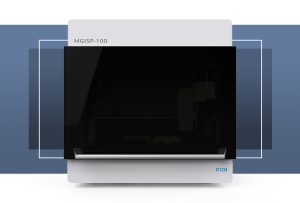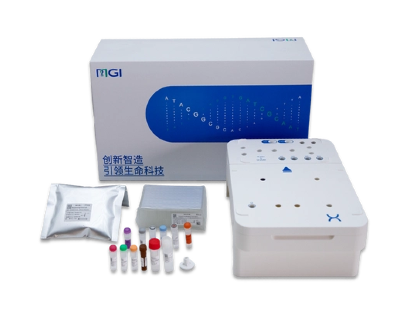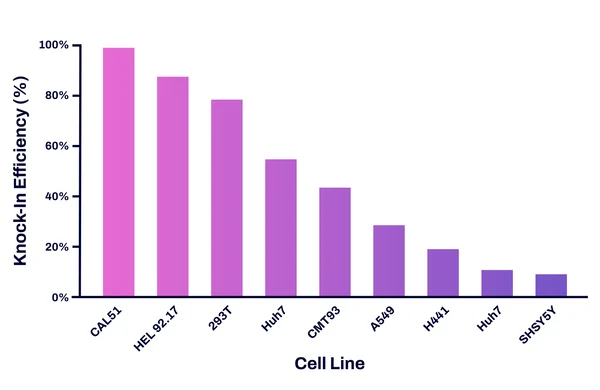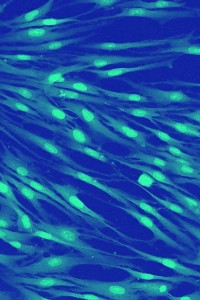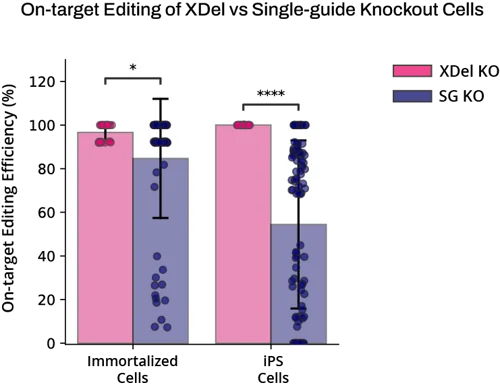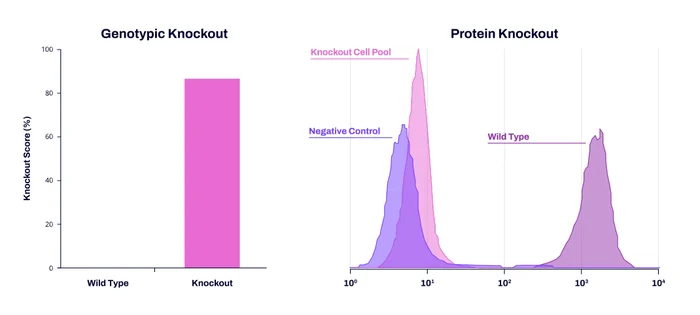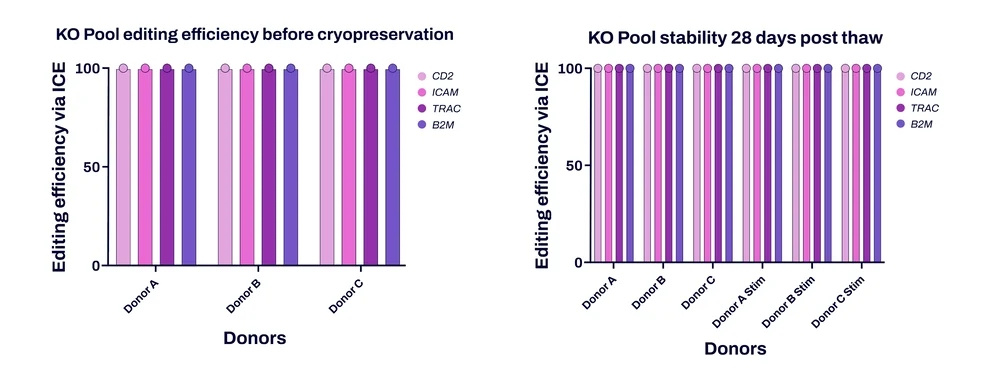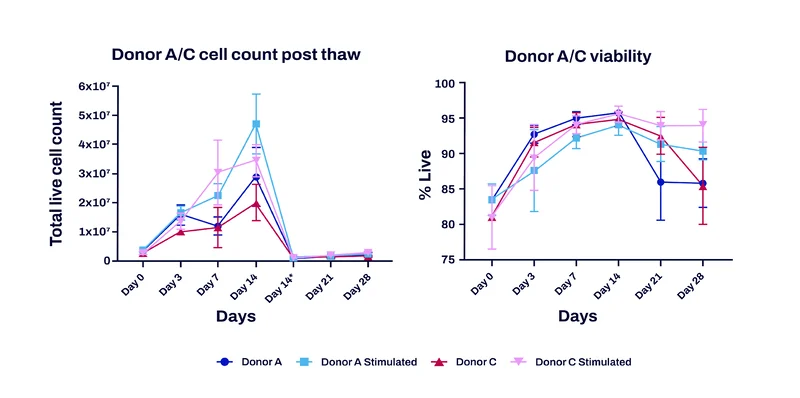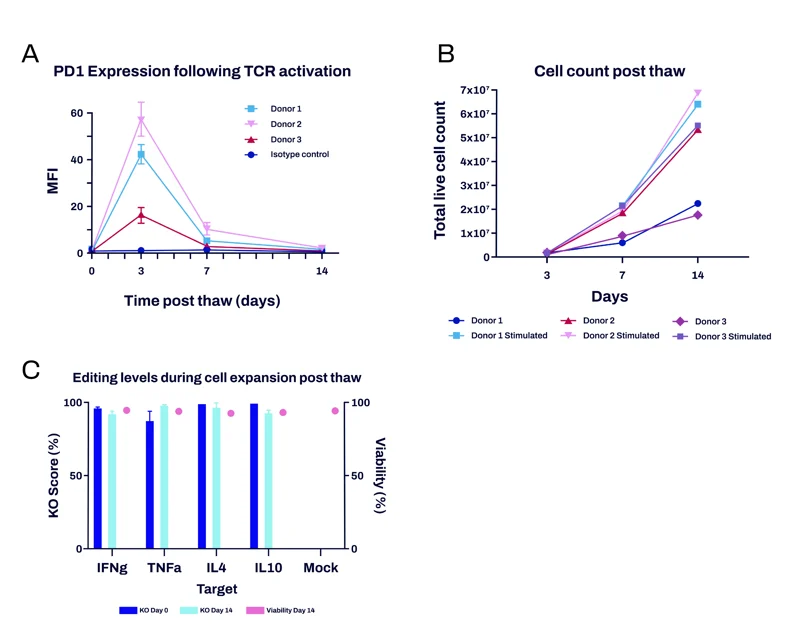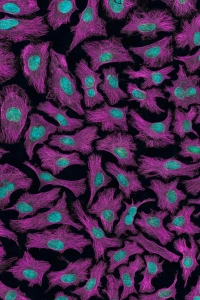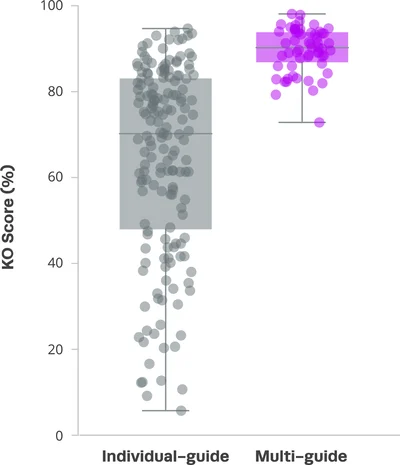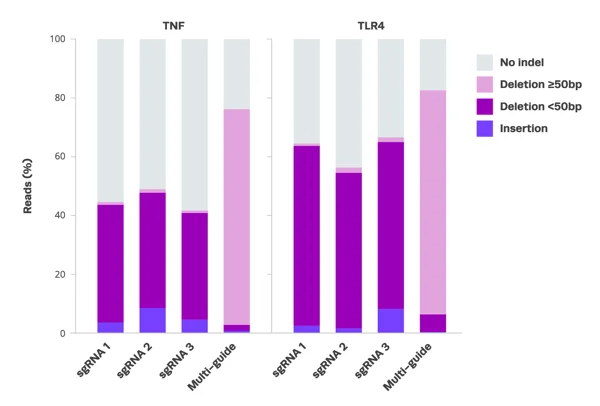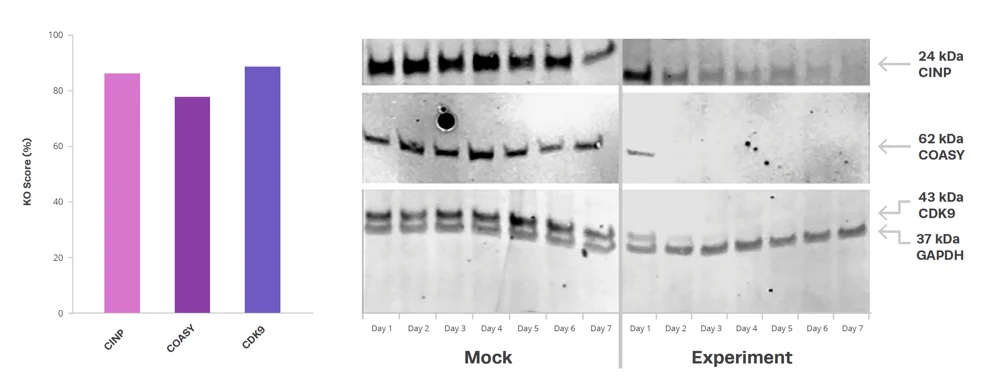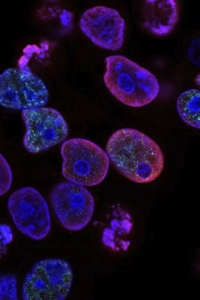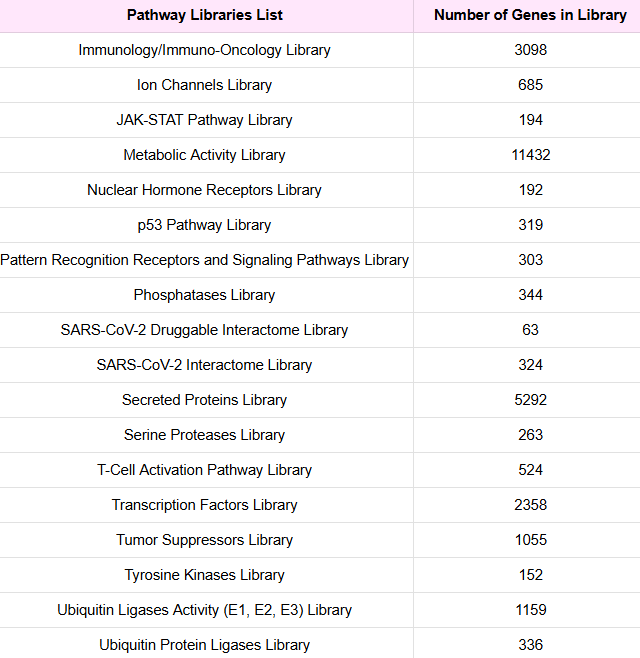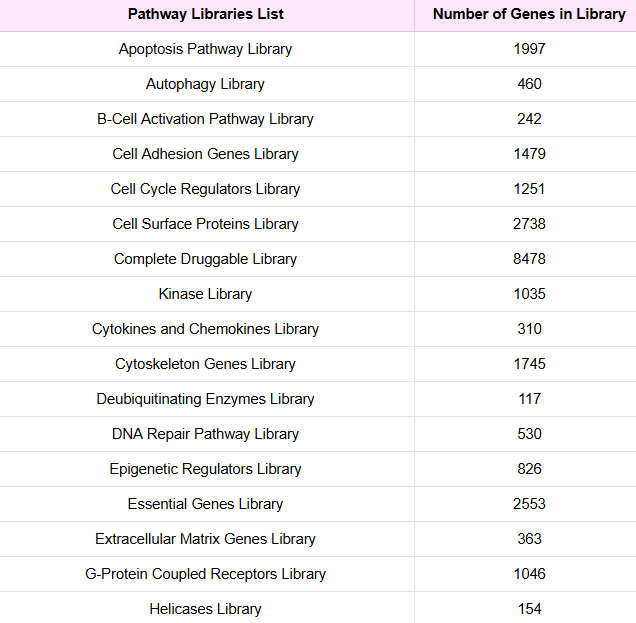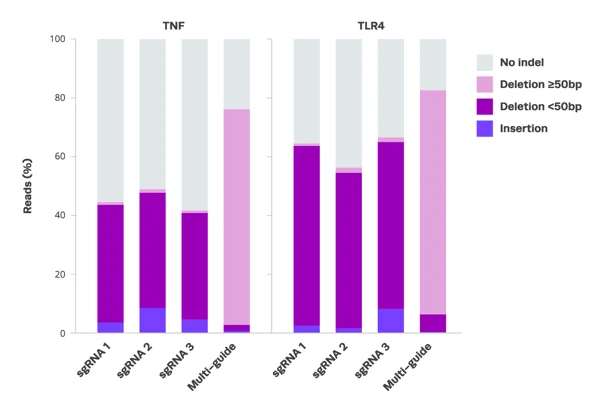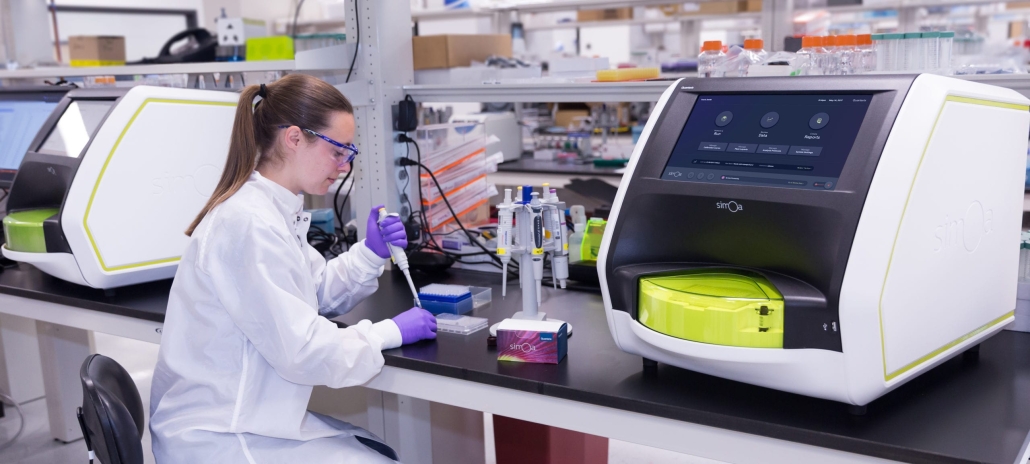What is a Smart Account?
/in Instructions/by Harshita SharmaWhat is a Smart Account?
A Smart Account is a prepaid balance that Decode Science can set up for you. You can fund it with an amount of your choice, allocate it toward specific projects or time-sensitive needs, and use it for purchases—like DNA synthesis, oligo orders, or other Decode products—without creating new purchase orders each time. It provides a flexible and efficient way to manage your budget.
The process is as follows:
- Advise Decode the amount you wish to pay upfront and we will provide you with a Decode Quote
- You will need to provide us with a Purchase Order (through your procurement or pay via credit card). Note 2% surcharge applies to credit card payments.
- Once Decode receives the PO, we will process it accordingly and send you a sales order confirmation and then invoice you. Note that we apply 7 day payment terms for these accounts as we will need to receive the payment before we can start processing against the Smart Account. Please check with your accounts payable regarding pay cycles if you need to access it urgently.
Set up of your Prepaid Smart Account
- Once we have received payment, we will finalize your Prepaid Smart Account in our system and we will advise you that you can start using it.
- Orders processed against a Prepaid Smart Account will still show a dollar value on your sales order confirmation.
- Upon dispatch of goods, you will receive an automated invoice from our system with a dollar value. You DO NOT need to act on this.
- Decode will apply your Smart Account Credit value against the invoice for you and send you an update.
If you have any questions, please let us know.
